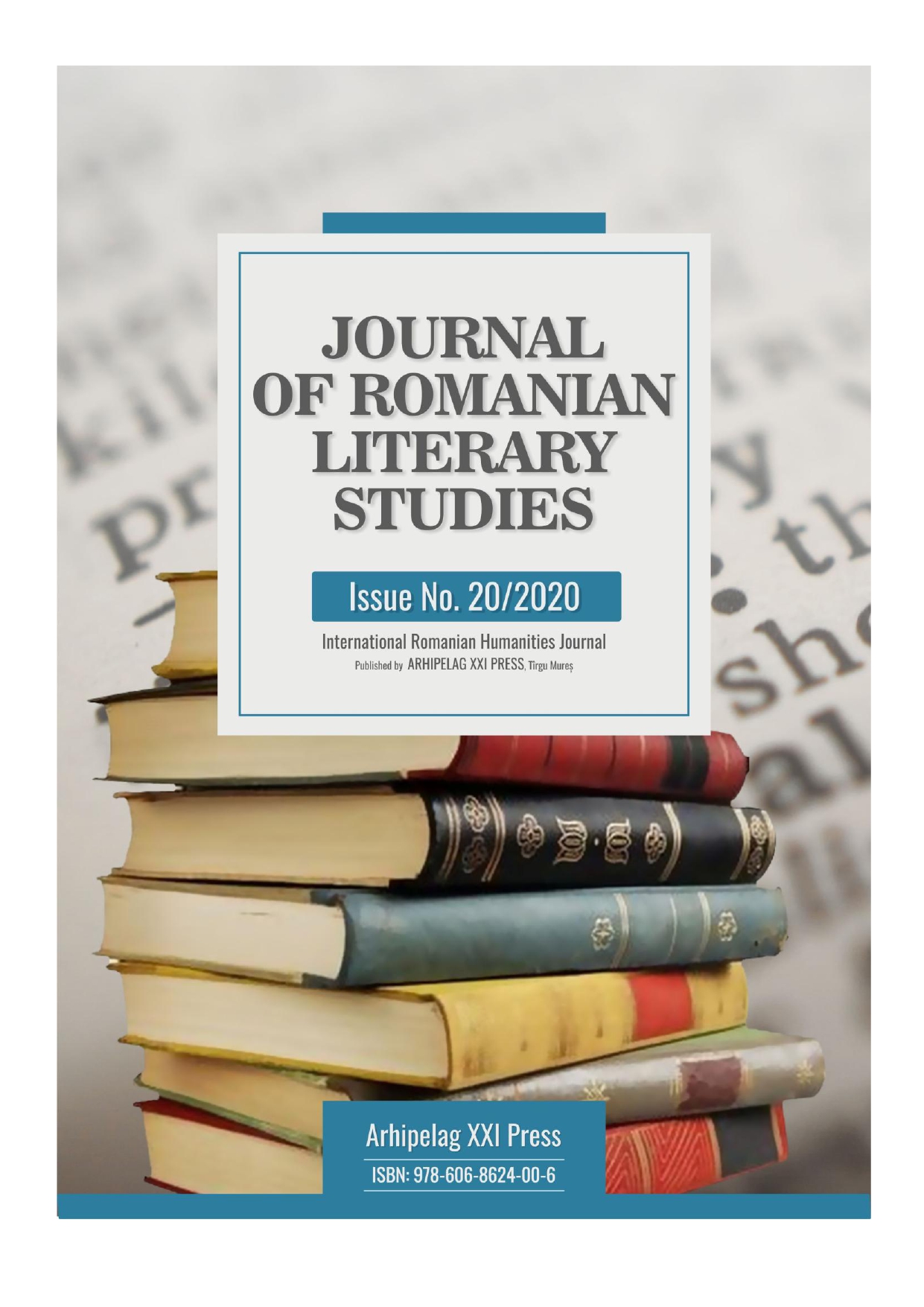ABOUT THE LOWER DANUBE AT THE END OF ANTIQUITY AND THE BEGINNING OF THE MIDDLE AGES
ABOUT THE LOWER DANUBE AT THE END OF ANTIQUITY AND THE BEGINNING OF THE MIDDLE AGES
Author(s): Ştefan LifaSubject(s): Cultural history, History of ideas, Middle Ages
Published by: Editura Arhipelag XXI
Keywords: Lower Danube; medieval history; romanic population; migrating populations; narrative sources;
Summary/Abstract: The study refers to the end period of the antiquity and beginning of the Middle Ages. I first presented the situation regarding the romanized population and the Goths, the first important migrants. From the time of the Huns an important literary source is Priscus of Panion who has known the latter directly. The Huns and their society were also described by Ammianus Marcelinus. The Gepids were attested mainly through archaeological discoveries. The stage of development of the Avar society was significantly presented by writers as: Menander Protector or Teofilact Simocata .We also know the way Slavs organized their society from the works of writers such as: Procopius of Caesarea, Mauricius or Leon the Wise. Bulgarians were best described by Ibn Fadlan who knew them directly.Regarding the relations with the Eastern Roman Empire and especially the native population besides these sources there are others like: Salvianus (De guvenatione Dei), Ioan Zonaras (The Chronicle), Mauricius (Military Art), Teofilact Simocata , Georgios Kedrenos and many more. The detailed study of some descriptions made by authors from that time leads us to new conclusions and other views about the political relations in this region in the early Middle Ages.
Journal: Journal of Romanian Literary Studies
- Issue Year: 2020
- Issue No: 20
- Page Range: 480-487
- Page Count: 8
- Language: English

